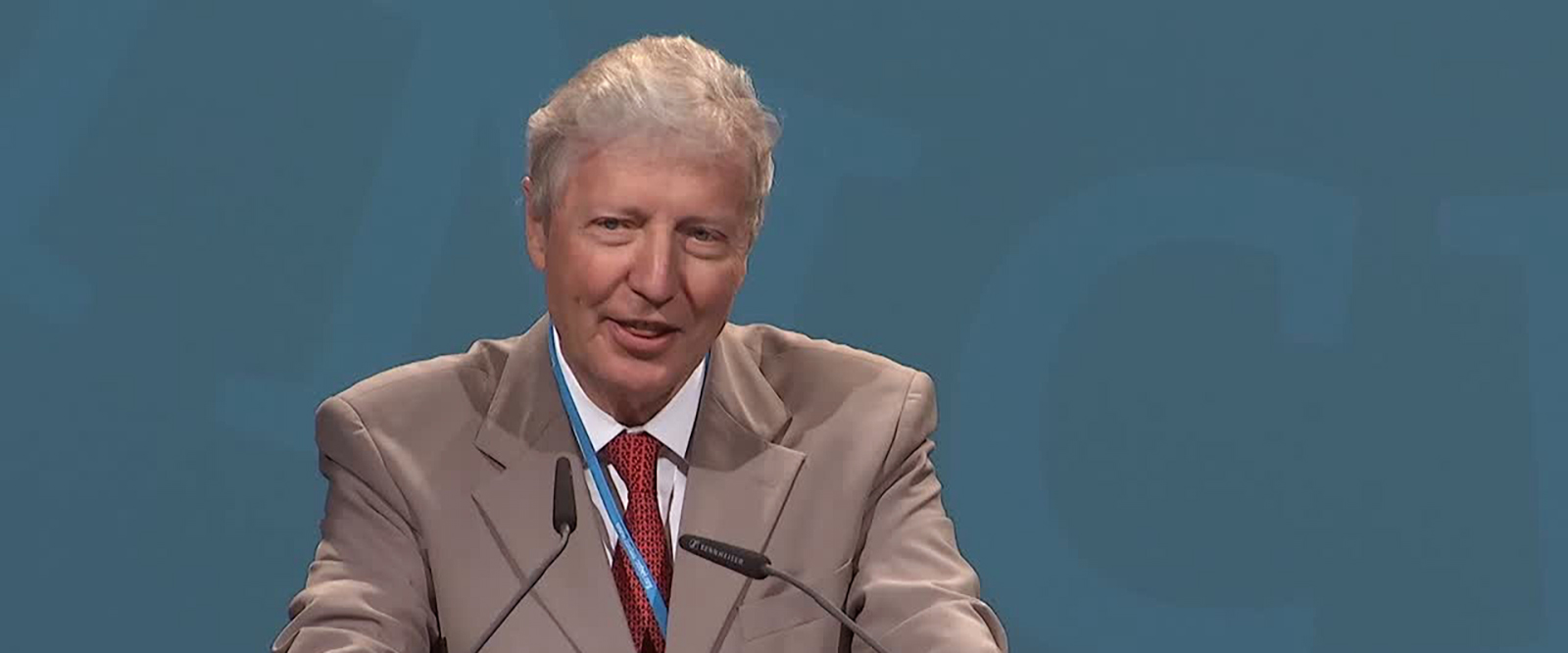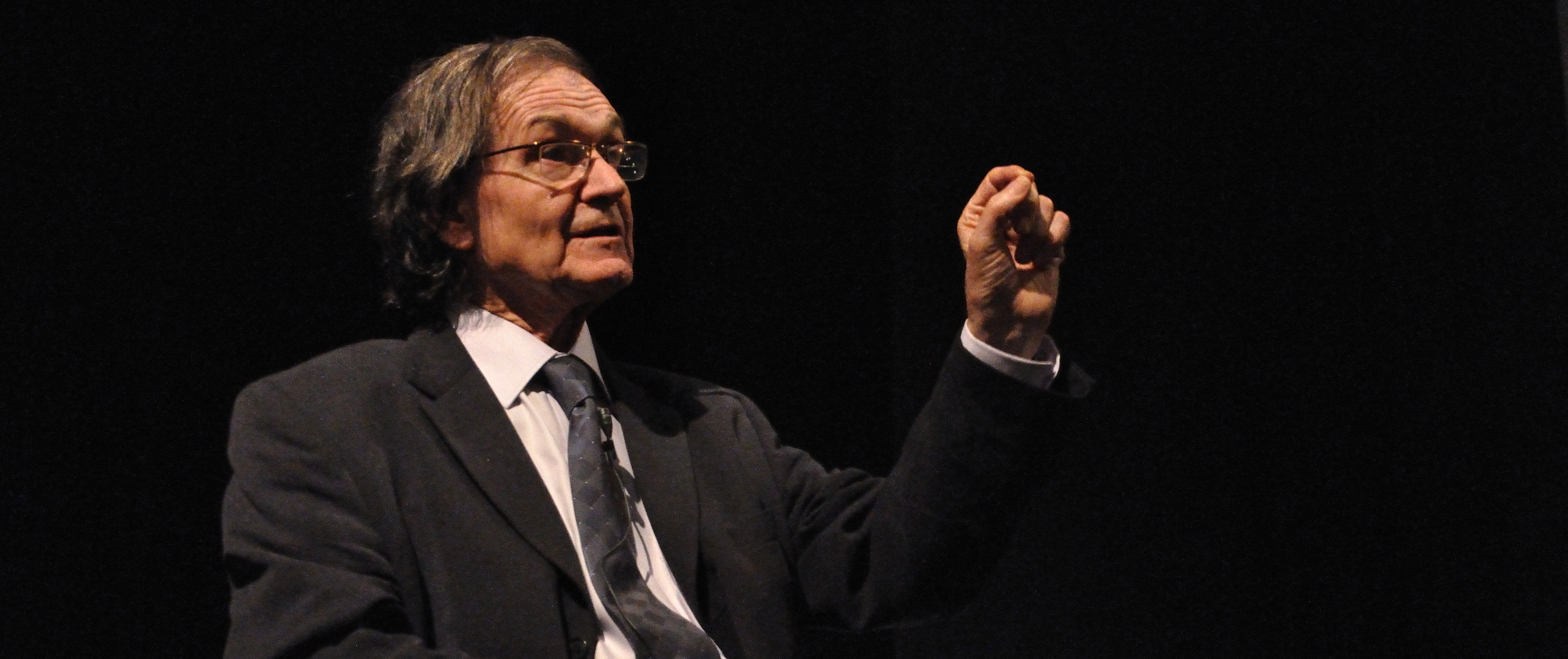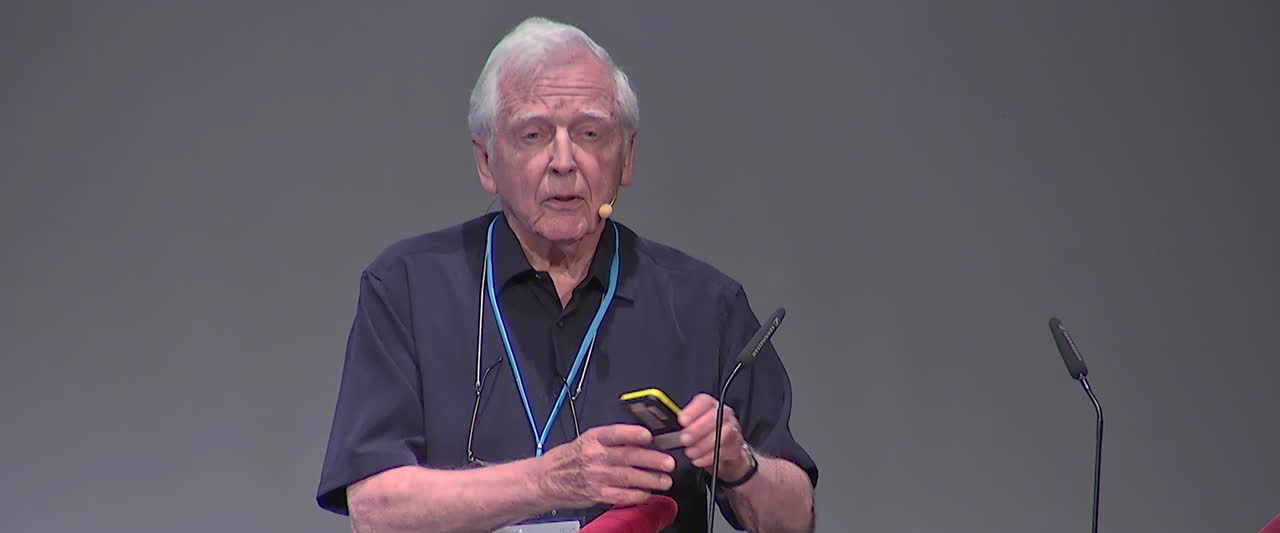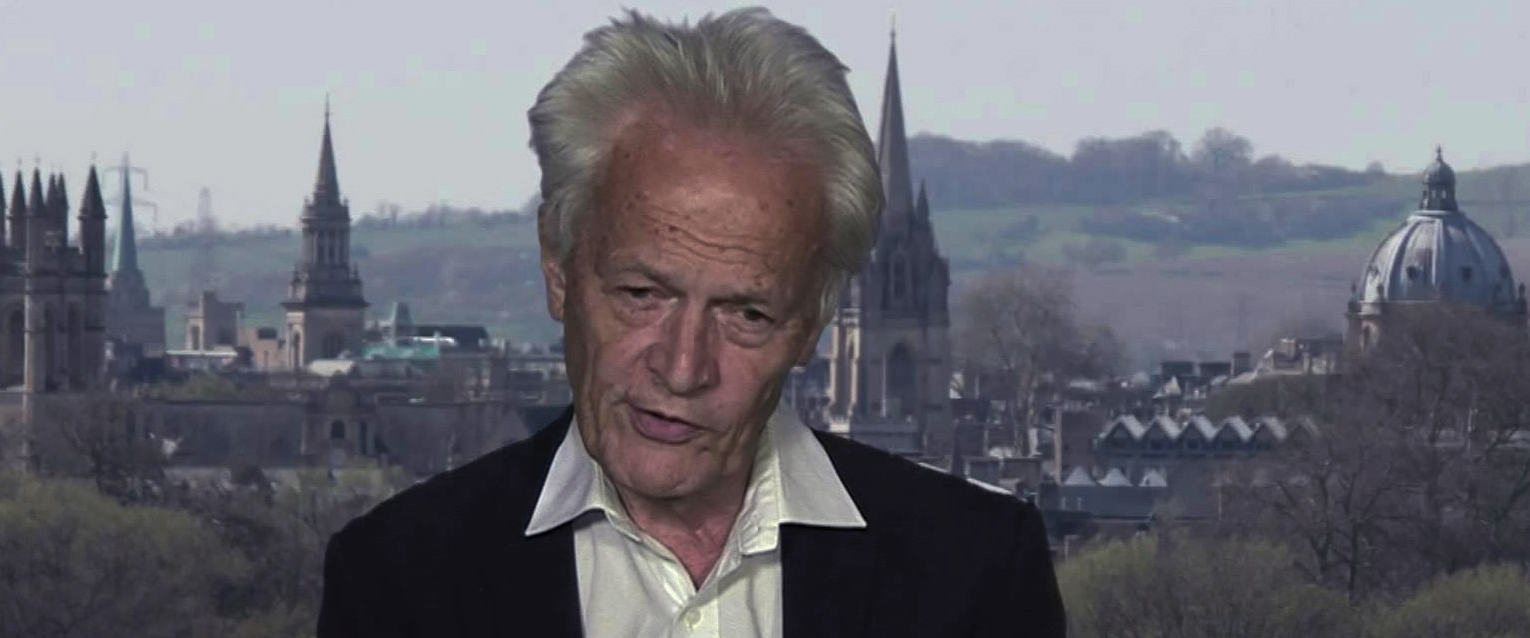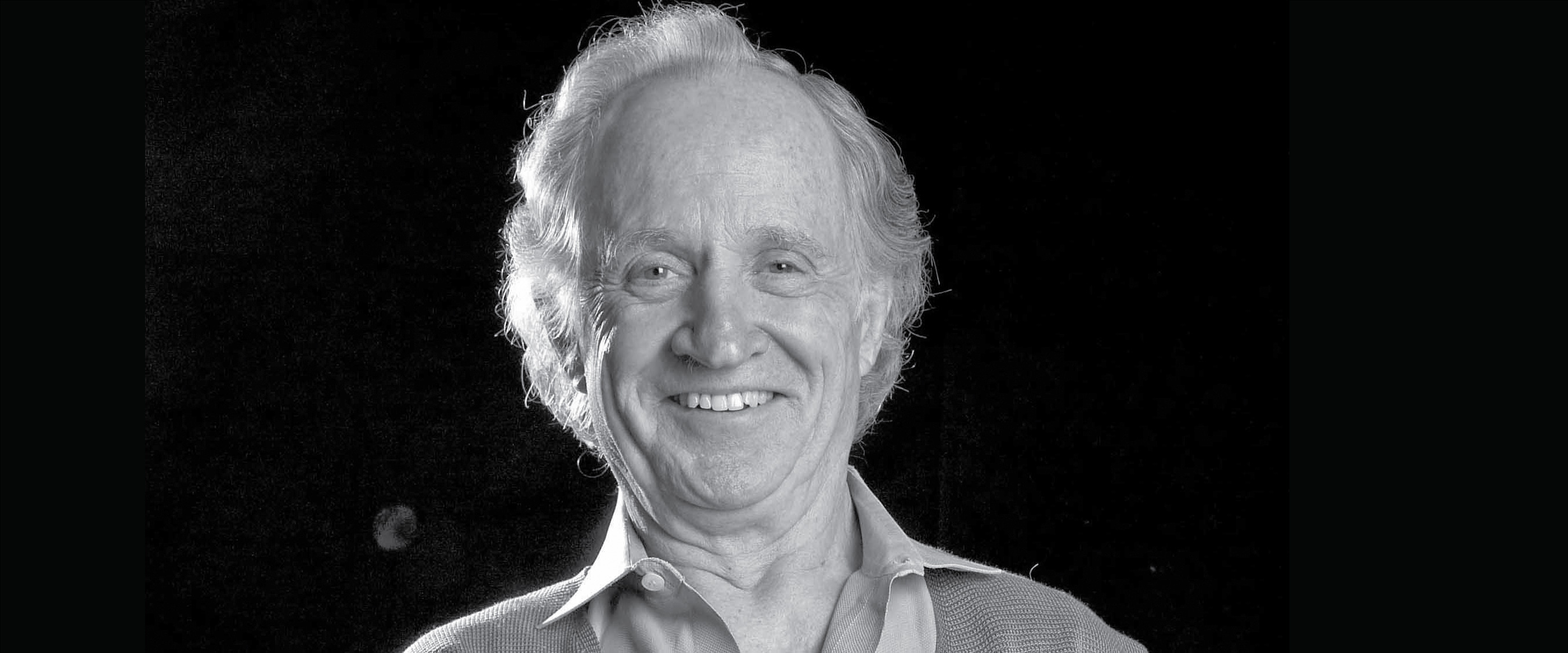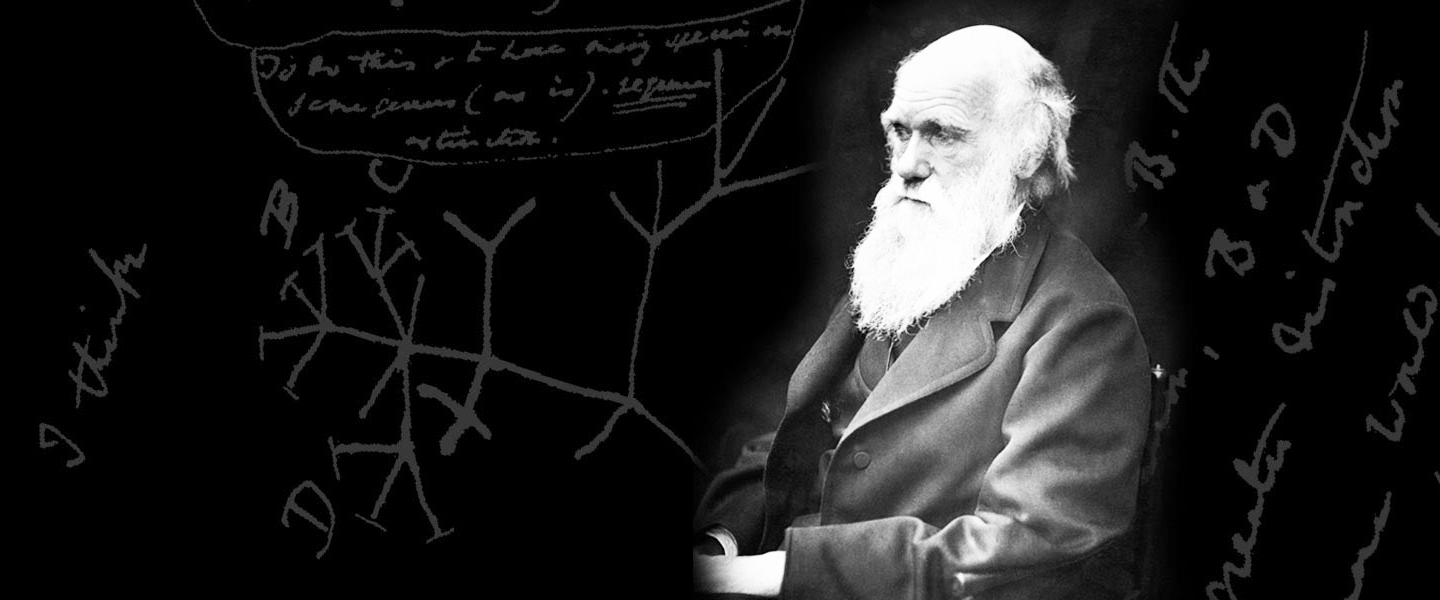14th November 2018.
Marco Lolicato, University of California San Francisco, USA
On the 14th of November 2018 Marco Lolicato of the University of California San Francisco will give a seminar entitled A structural approach to mechanosensation at 2.00 pm in the College lecture theatre. In his talk M Lolicato will discuss his approach to the structural analysis of this important but poorly understood familty of mechanosensitive channels that enable the cells of living organisms to respond to their physical envirnoment. This is a novel an exiciting area of biological and medical research and all College students are invited to attend, especially those reading Medicine, Biology, Biotechnology and Pharmaceutical Sciences. The poster of the lecture can be downloaded here.
Abstract
Feeling the mechanical force is at the origin of the sensory perception. Mechanosensitive ion channels are the molecular machines able to ‘sense’ membrane tension via conformational changes adopted to follow bilayer deformations. We have investigated the polymodal thermo- and mechanosensitive two-pore domain potassium (K2P) channel of the TREK subfamily with a biophysical approach to unravel channel function. These channels generate 'leak' currents that regulate neuronal excitability, respond to lipids, temperature and mechanical stretch, and influence pain, temperature perception and anaesthetic responses. These dimeric voltage-gated ion channel (VGIC) superfamily members have a unique topology comprising two pore-forming regions per subunit. In contrast to other potassium channels, K2P channels use a selectivity filter 'C-type' gate as the principal gating site. We have studied the molecular basis of selectivity and gating in the mechanosensitive members of the K2P family, TREK-1 and TRAAK, unravelling the mechanism of channel activation by gain-of-function mutants or small molecule binding. Our data suggest that the activation of these channels depends on concerted conformational changes both at the level of the selectivity filter and in the transmembrane region. However, understanding the structural basis of ion channel mechanosensation has been limited by the absence of a valid system to recreate membrane deformations in a structural biology setting. In order to study this mechanism I propose to combine the generation of conformation-selective artificial bilayers with single particle cryo-electron microscopy (cryo-EM) to image mechanosensitive ion channels. In fact, the lipid composition of an artificial bilayer can be modified to prompt conformational changes in ion channels, trapping the protein in ‘open’ or ‘closed’ states.
Biography
Marco Lolicato obtained his PhD from the University of Milano in 2012, under the supervision of Prof. Anna Moroni and Prof. Martino Bolognesi, with a project aimed at uncover the mechanism for the different behavior of three hyperpolarization- activated, cyclic nucleotide gated channels1. Later in 2013, he has been appointed as post-doc at the University of California San Francisco in the United States in the laboratory of Prof. Daniel Minor. During his post-doc he has studied the molecular basis of selectivity and gating in ion channels by X-ray crystallography2,3, Cryo-electron microscopy4 and functional studies. Since 2017 he is an Associate Specialist at UCSF and he continues to investigate the structure and function of mechanosensitive ion channels.
References
[1] Lolicato, M. et al. Tetramerization Dynamics of C-terminal Domain Underlies Isoform-specific cAMP Gating in Hyperpolarization-activated Cyclic Nucleotide-gated Channels. J. Biol. Chem. 286, 44811–44820 (2011).
[2] Lolicato, M., Riegelhaupt, P. M., Arrigoni, C., Clark, K. A. & Minor, D. L. Transmembrane Helix Straightening and Buckling Underlies Activation of Mechanosensitive and Thermosensitive K2P Channels. Neuron 84, 1198–1212 (2014).
[3] Lolicato, M. et al. K2P2.1 (TREK-1)-activator complexes reveal a cryptic selectivity filter binding site. Nature 593, 2587–368 (2017).
[4] Dang, S. et al. Cryo-EM structures of the TMEM16A calcium-activated chloride channel. Nature 552, 426–429 (2017).
Image
Structure of the mechanosensitive channel Piezo1. Elife 6: -- (2017).
